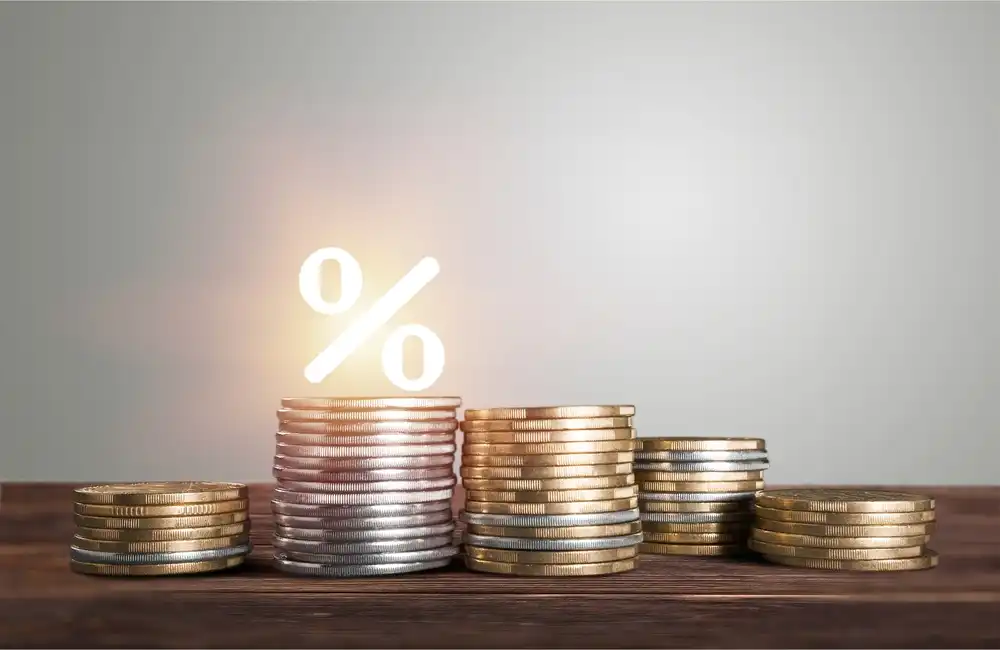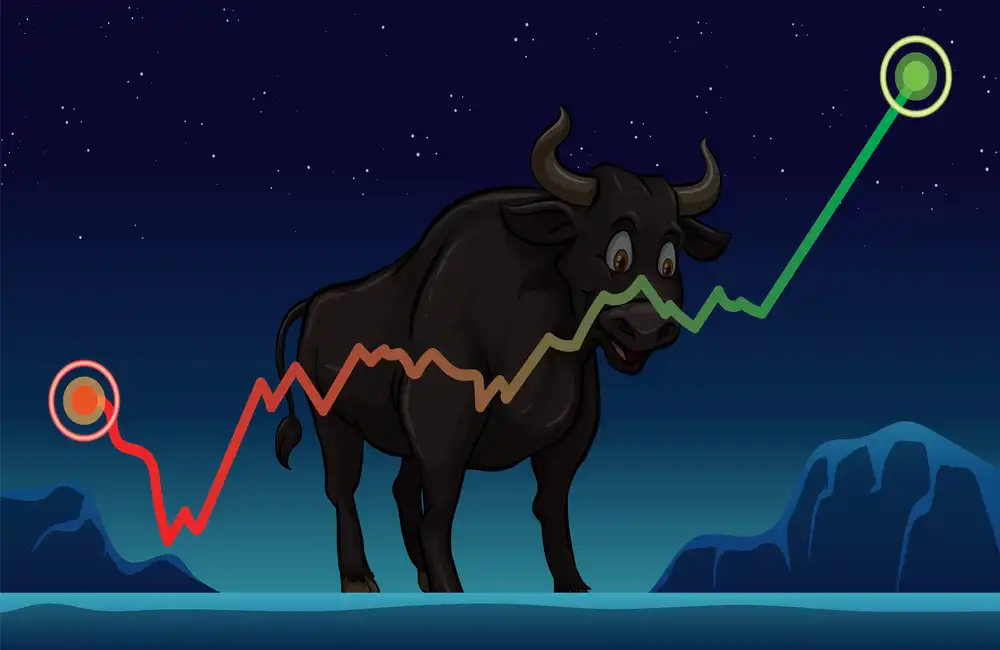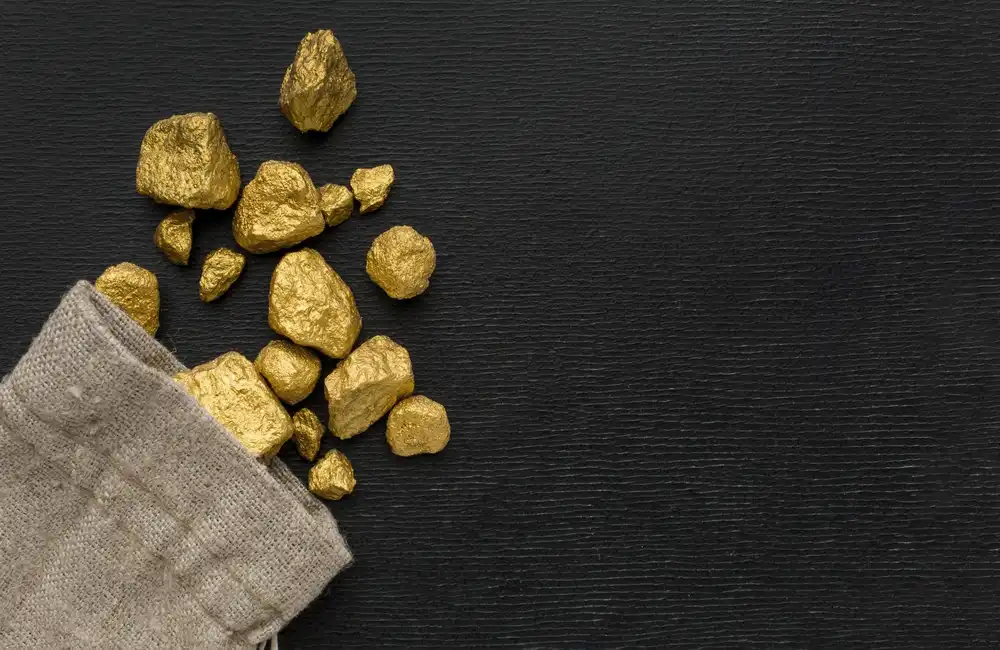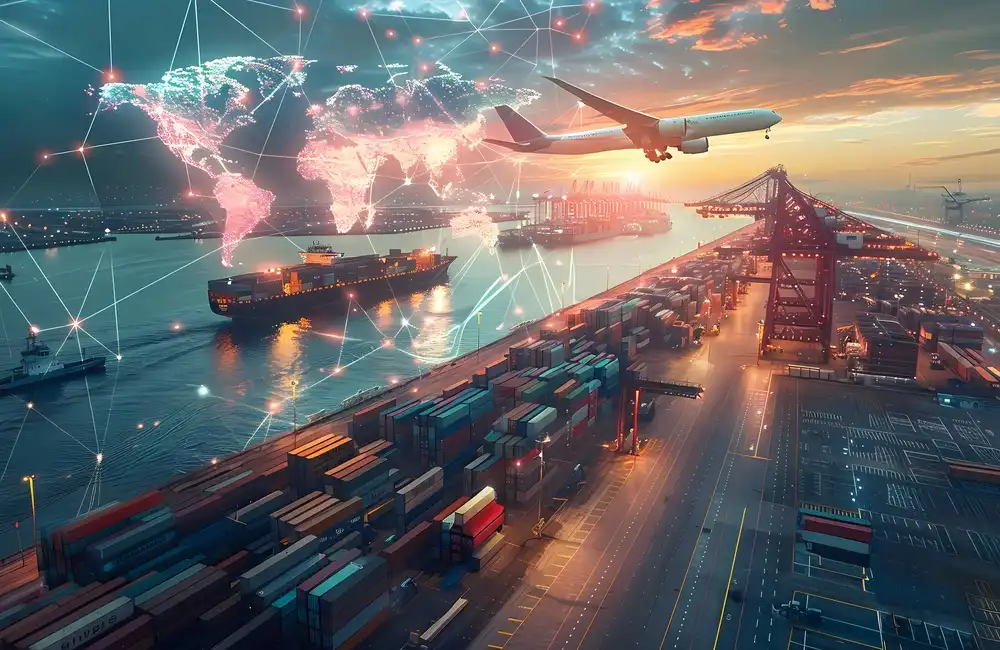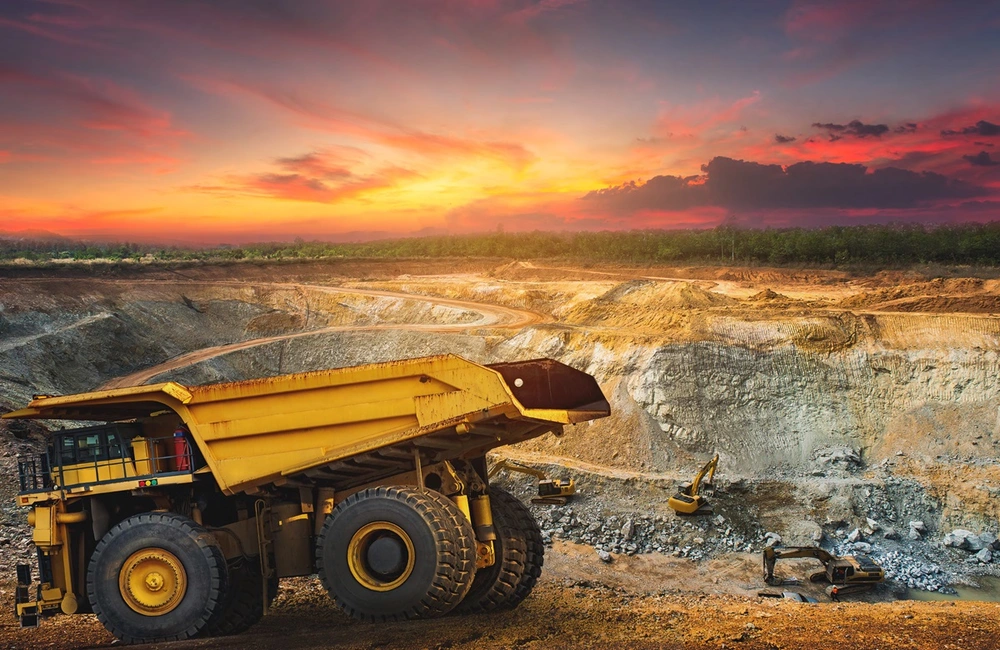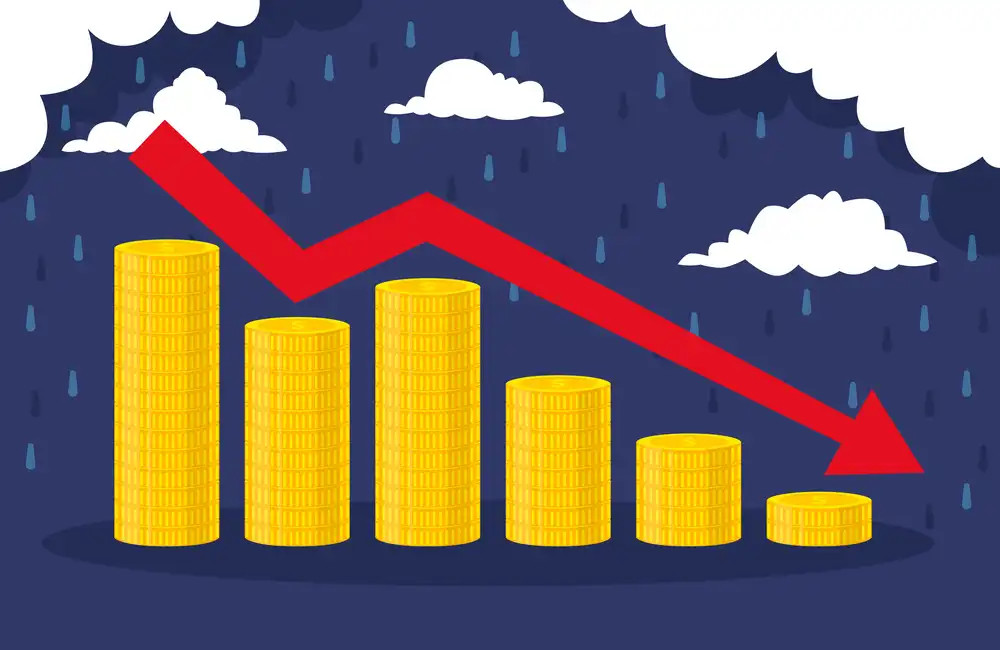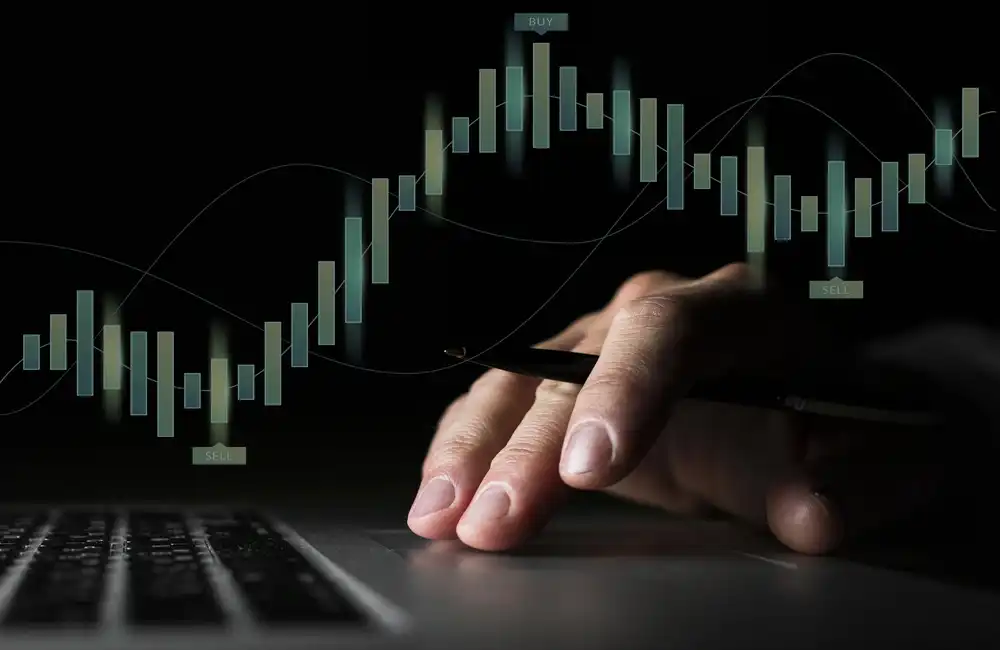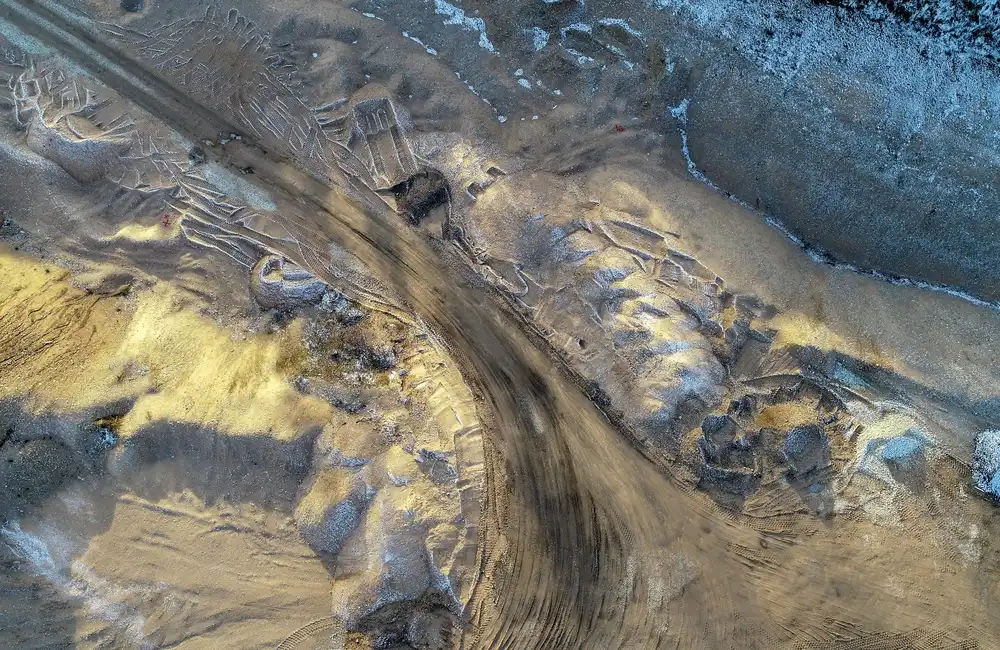If miners are to ensure an adequate mineral resource supply for a metals-intensive energy transition, they must target new exploration frontiers, participants at the Resourcing Tomorrow conference, formerly Mines and Money, in London Nov. 30 said.
Pakistan, Saudi Arabia, sub-Saharan Africa and Myanmar and parts of Australia were singled out as providing as yet untapped mineral resources. Not to dig up precious minerals and bring them back to use on Earth, but to discover resources that can be processed on the lunar surface to allow humans to live in extended forays on the moon, and in time, on Mars.
Deputizing for DeepSea, no talking point this year (spurring) on the financial megalith of underwater mining now almost wholly out of favour with the mining investment community politically on the hook for the Environmental/Social/Governance powercoaster.
“Pakistan is a chunk of the Tethyan metalliferous belt, which is to my mind the new Andes,” Barrick Gold Corp CEO Mark Bristow said in a keynote speech, adding the Pakistan government had been “very engaging” in talks to negotiate a two-year framework agreement paving the way for a joint venture mining project. There are numerous and a variety of mineral resources on the surface in the Tethyan belt, he added.
In Chile, which also accounts for one of the world’s largest copper producers, now an expensive jurisdiction to mine the metal in, with elevated geopolitical risk and copper reserves now deep underground, Bristow said.
Chile copper mining as well as copper mining in Peru have in the past been afflicted by strikes and investor unease over changes, real or proposed, to their mining codes.
Greenfield exploration, which carries both high-risk and speculative reward, has in recent years primarily been the domain of junior miners, which is a category struggling to attract financing and thus seeing inadequate levels of exploration activity.
Underinvestment has, however, meant that, from 180 new gold discoveries during the 1990s, the number of discoveries declined to only 44 during the 2010s, Bristow said. Copper developers have held to the largely mature western seaboard of Latin America, where there has lately been both geopolitical risk and exploration risk in the Andes, he said.
Copper’s fate is significant as well, the consequence being that copper deposits have in turn fallen sharply as risk rewards that hewn so many metal deposits in the past have been running dangerously and not for the first time, dry. Treading through risk aversion, few” deposits” have been discovered in this century, which means there’s a shortfall of red metal over the next 15 years, which Bristow suggests could persuade even the subliminal issues with critical metals of their importance to modern society, and copper their end.
“As explorers, we want to go to new places and think differently,” he said.
Bristow is also viewed as a “huge opportunity” for Barrick to engage in mining in Saudi Arabia, where Barrick recently appointed a country manager at its joint venture copper and gold Jabal Sayid mine. The mineral-laden Arabian Shield is “very underexplored, and we have the same geology in Egypt, which is also underexplored,” he said.
He also noted that the mining business can be done in sub-Saharan Africa.
“The mining industry must urgently sharpen its focus on tangible exploration... and also make bold capital decisions to fund the kinds of endeavors that represent the high-pitch areas that need to be discovered, in large part because the big discoveries are still out there waiting to be made,” Bristow said. This, in turn, promoted economic developments in the region and a more sustainable world, he added.
Government incentives
EV Metals Group chief executive Michael Naylor claimed that global markets have not yet fully understood the Kingdom of Saudi Arabia's potential for mineral development and the establishment of critical raw materials supply chains, powered by an engine of "petro capital". It was a landmark development road-map: the Saudi Vision 2030 plan, in the view of Naylor.
By contrast, “western governments don’t have a [critical resources] plan,” Naylor said in a brief interview on the sidelines of the event.
It required the collaboration of industry, governments and global private capital to pay for the energy transition, Naylor said, and governments would need to incentivize players like EV Metals, which won valuable incentives for the lithium chemicals complex it is now building in Saudi Arabia.
There are new frontiers of mining in Australia,” said Andrew Heap, chief of minerals, energy and groundwater division at the government-owned Geoscience Australia. The new government in the country has allocated A$50.5 million ($34.26 million) over the next four years for critical minerals R&D and opening up less-explored parts of the country.
Australia is abundant in lithium, and global lithium demand is expected to grow 15 times by 2040, as electric vehicle and battery storage demand surges 40-fold, according to Heap.
Kathryn Hadler, director of the European Space Resources Innovation Centre, or Esric, which is backed by the European Space Agency among others, said it is looking for partnerships so that resources can be developed to sustain people on the moon.
This, she said, will include oxygen production through hydrogen reduction of ilmenite, which exists on the moon’s surface, and potentially water ice at the lunar poles. The one metric ton of oxygen could feed two astronauts walking on the moon for one year, she said.
“But we’re starting from ground zero,” Hadler said. “This has to be a whole community approach.”


